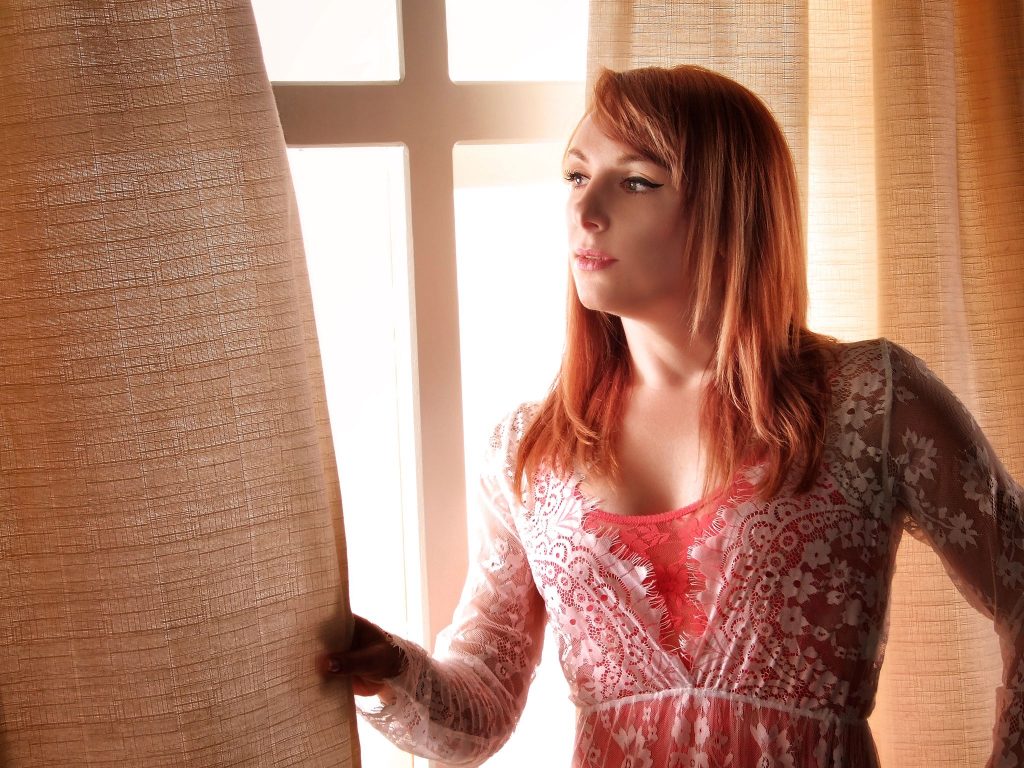
The purpose of this tutorial is to demonstrate the importance of light with regards to the quality of the image. The reason for for this demonstration came about due to a conversation on the Micro Four Thirds Forum. One of the members pointed out that whilst they were lighting tutorials, some members may take affront at the fact a Nikon D4 had been used in some tutorials, rather than an Olympus or Panasonic. I explained the lighting tutorials were exactly that, and the capture equipment was neither here nor there. I also promised to demonstrate the effect good lighting has when coupled with a low end camera. In this case, a ten year old compact camera, a Fujifilm F31fd stolen from my Dad!
So, I finally found the time to get around to this, and actually managed to twist Joe Lord‘s arm to video it. Sorry Joe!
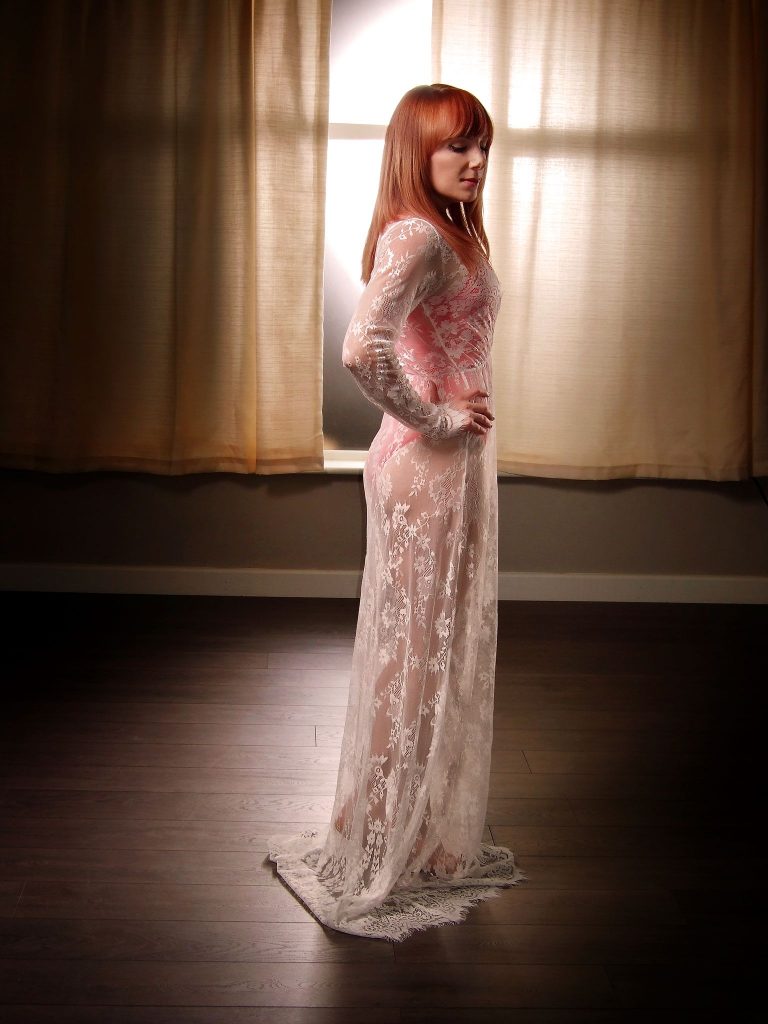
All images are lit with Elinchrom ELB 400 action heads from The Flash Centre, with each head powered by their own pack. Outside the window is an ELB 400 head firing through a 17cm reflector. For some shots, there was a 30cm grid attached, which was removed for the later images to increase the spread of light. The head was clamped to the shelving system in the corridor, and aimed to fire through the window. Incidentally, the glass in the window is frosted. The head was at a height of around six feet. I daisy chained two connecting cables to allow enough length to have the generator within the studio, so the cell could pick up the flash from the camera. I had originally placed a small cell inside one of the stripboxes, and ran a sync lead out the bottom of the box and through the window to the generator pack. However, I found the camera’s flash would still cause the cell to trigger. This meant the head outside the studio would trigger on the first flash, out of sync with the rest.
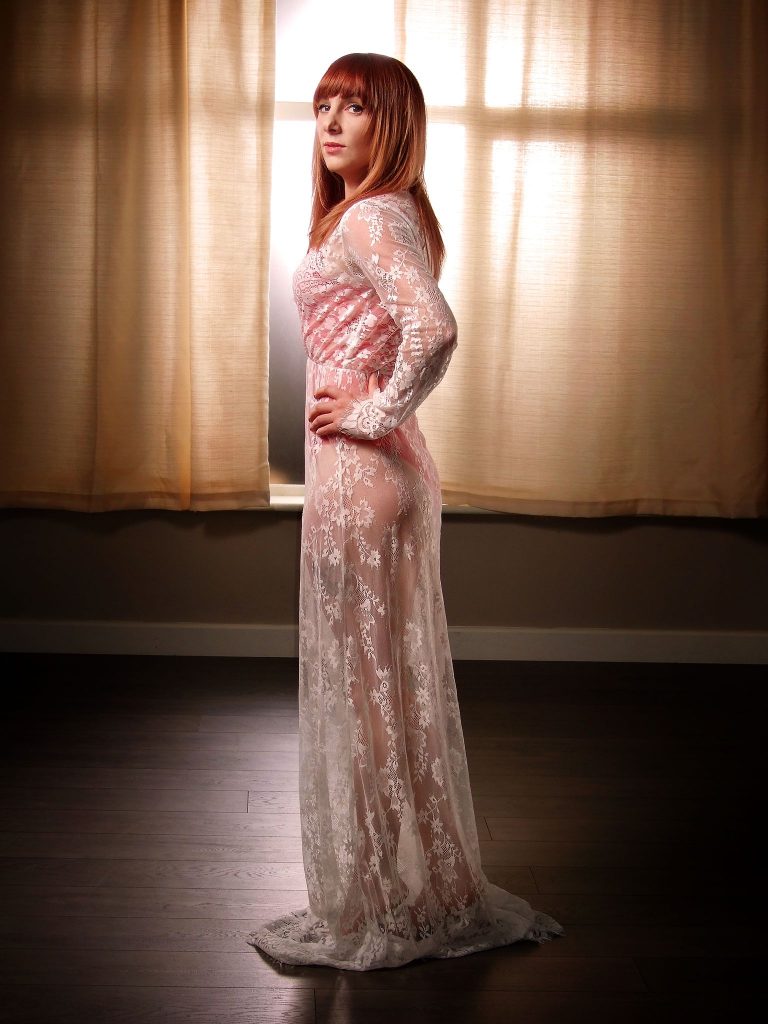
Talking of sync, the Fujifilm F31fd fires two pre-flashes, which stumps a lot of the speedlights or studio heads that only have two available slave triggering modes. S1 fires the speedlight or head on the first flash. Whereas S2 will ignore the pre-flash and fire on the second flash. Obviously, if there are two or more pre-flashes, they’re pretty much stuffed! The ELB 400 are pretty clever in this respect. You can manually set the number of pre-flashes, so in this instance I set it to two, meaning it would fire on the third flash. If your source triggering flash is so quick you can’t count how many flashes to ignore, you can have the ELB 400 unit learn the sequence. Pretty nifty stuff.
Anyway, I digress…
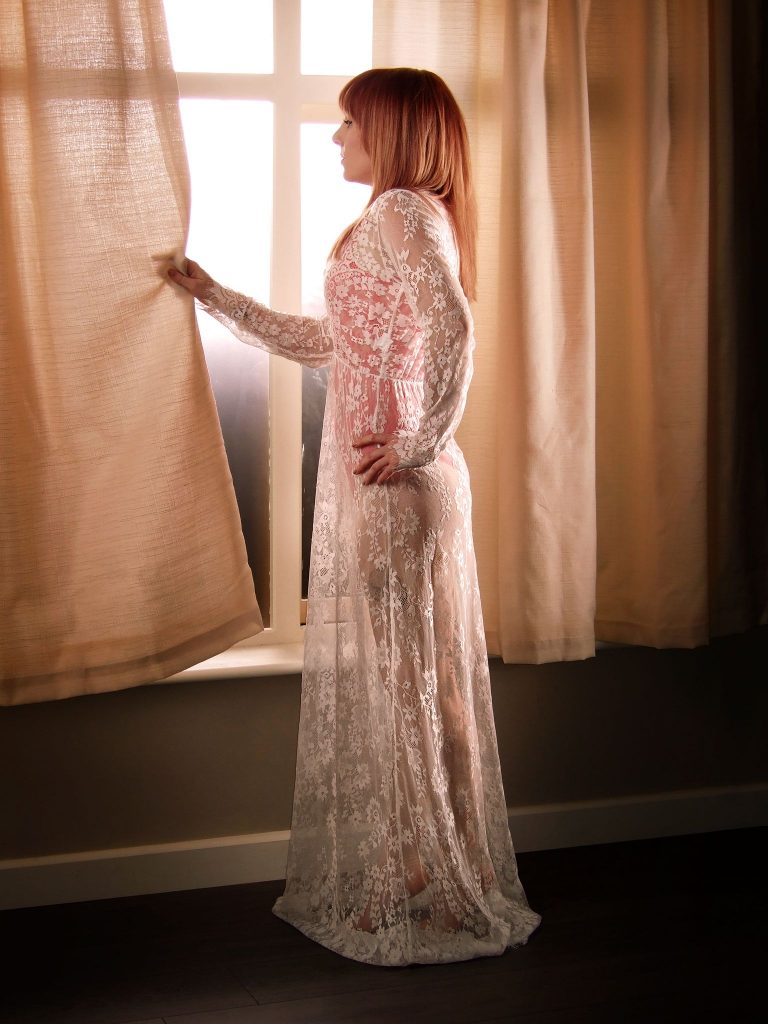
Besides the unit outside the studio, I had two stripboxes to provide accent lighting, each using an ELB 400 action head. The stripboxes were also fitted with honeycombs to reduce the likelihood of lens flare.
Each of the accent lights were at 4.5, whilst the window light was at 4.
My main light was another ELB 400 action head firing through a folding 80×80 softbox with a honeycomb fitted. It was at a height of around 7 feet and angled quite sharply down to ensure Hazel was fully lit, and also to reduce the likelihood of spilling light into the far corners of the studio. The main light was firing at 5.
To be honest, the light output varied only slightly, depending on distance from Hazel, but we are talking of a half stop of output either way. The window light remained pretty consistent, although I turned it down a little when the grid was removed for the last few images.
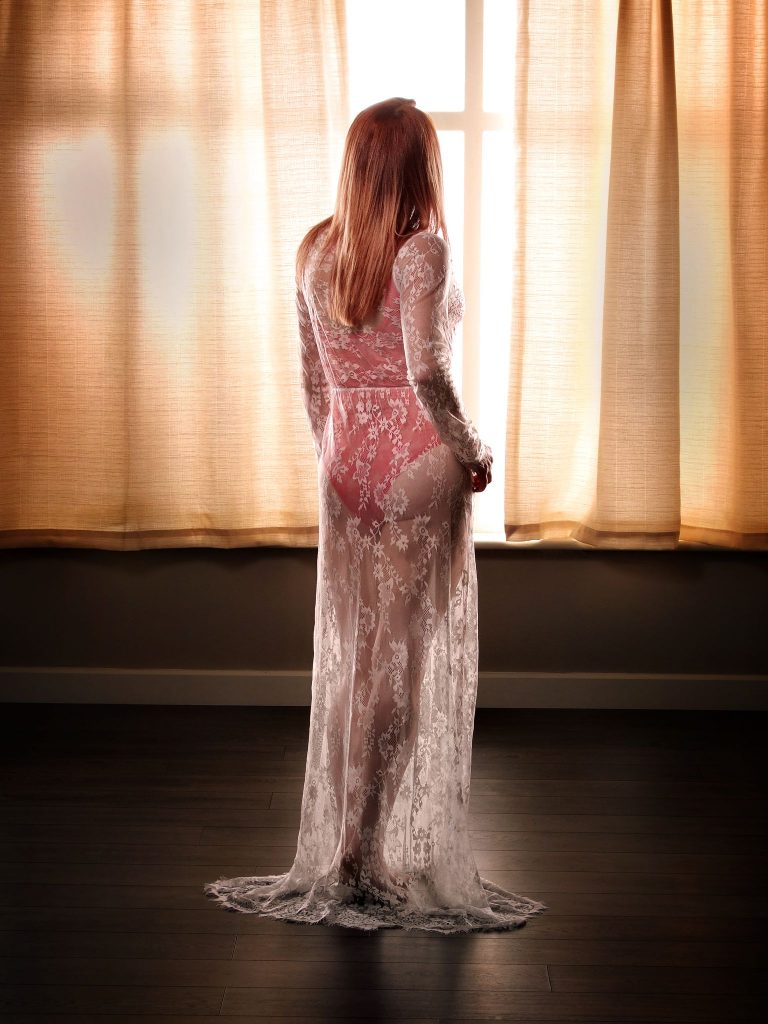
The Fujifilm F32fd was used in aperture priority mode with forced flash. This caused the shutter speed to remain at a constant 1/60th of a second, allowing me to choose the aperture to suit. I was using an ISO of 100. Considering the camera is a ten year old compact;, I’m quite happy with the image quality, and I feel it’s fairly evident regarding the contribution the light pays to the quality of the image.
A behind the scenes shot of the previous image
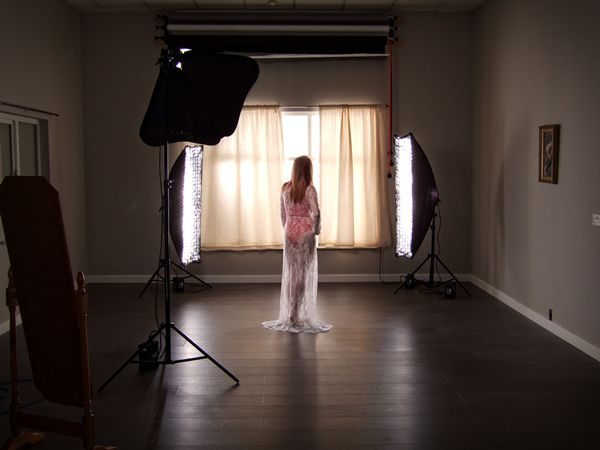
And finally, below is the behind the scenes video kindly shot by Joe Lord
Many thanks to the long suffering Hazel, who is also an experienced photographer, and can be found at www.facebook.com/HazeRiddle
And of course, thanks to Joe for his patience with the video. Joe can be found at voyeurclub.co.uk
I provide training via Focal Point.



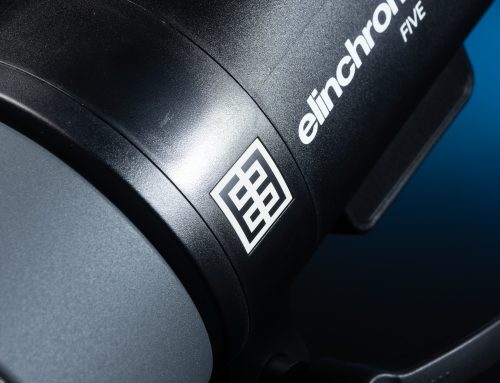
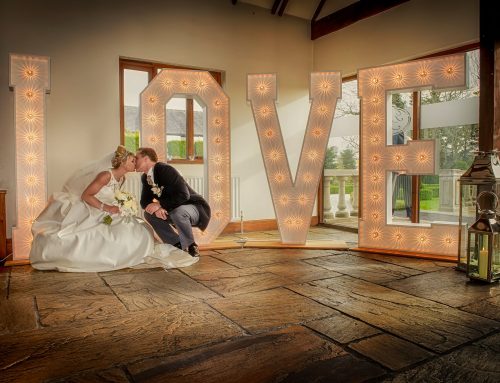
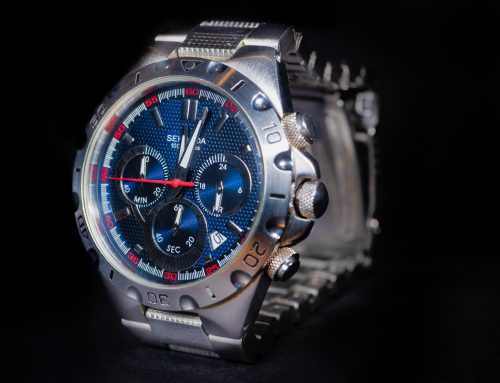
[…] mentioned Hazel before, in particular with regards to the shoot I did a while ago to prove that lighting was more important than the capture equipment, and gain with the boudoir shoot. Hazel is one of those characters that can’t help prodding […]